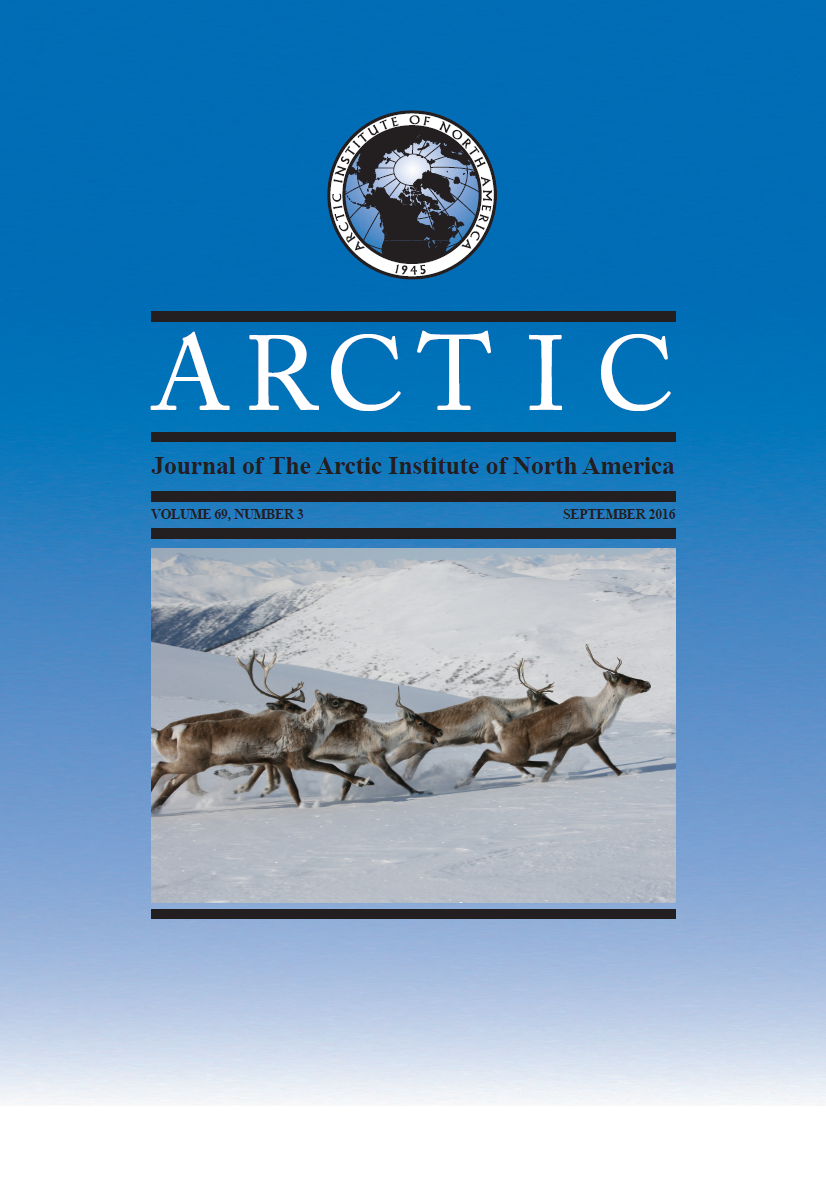Genetic Stock Identification and Relative Contribution of Arctic Char (<i>Salvelinus alpinus</i>) from the Hornaday and Brock Rivers to Subsistence Fisheries in Darnley Bay, Northwest Territories + Supplementary Appendix Tables S1 to S4 (See Article Tools)
DOI :
https://doi.org/10.14430/arctic4578Mots-clés :
omble chevalier, Salvelinus alpinus, pêche de stocks mélangés, analyse génétique de stocks mélangés, prise de subsistance, baie DarnleyRésumé
Dans les milieux de l’Arctique canadien où l’on trouve des poissons anadromes, ceux-ci sont à la base de pêcheries de subsistance locales d’intensités variées. Grand nombre de ces pêcheries permettent de récolter un mélange de stocks à différents endroits et nous ne savons souvent pas quels stocks en particulier sont récoltés et jusqu’à quel point. Dans la région de la baie Darnley, dans les Territoires du Nord-Ouest, l’omble chevalier, Salvelinus alpinus, en particulier, a longtemps fourni une ressource de subsistance importante aux résidents de Paulatuk, et des ombles de deux réseaux (les rivières Hornaday et Brock) semblent contribuer à la pêche de cette espèce en eaux côtières. La méthode de l’analyse génétique de stocks mélangés est souvent employée pour déterminer les contributions de différents stocks à ce genre de pêcheries, mais relativement peu d’études intégrant l’analyse génétique de stocks mélangés ont été réalisées pour comprendre exactement quels stocks sont récoltés dans l’Arctique canadien, et jusqu’à quel point. Dans cette étude, nous avons analysé des variations d’ADN microsatellite chez 987 ombles chevaliers de deux importantes pêcheries de subsistance côtières et plusieurs sites d’échantillonnage intérieurs dans la région de la baie Darnley pour 1) évaluer le degré de structuration génétique entre les rivières Hornaday et Brock et 2) déterminer les contributions proportionnelles de ces stocks par rapport aux pêches côtières de stocks mélangés dans la région au moyen de l’analyse génétique de stocks mélangés. Dans l’ensemble, la différenciation génétique était relativement élevée et significative (θ = 0,117; IC à 95 % = 0,097–0,142) parmi les sites d’échantillonnage de base. Les tendances générales relatives à la structure génétique des stocks appuient également des hypothèses antérieures selon lesquelles d’autres types de cycles de vie (p. ex. l’omble confiné aux eaux intérieures ou l’omble d’eau douce, ou les deux) existent dans le réseau Hornaday, tel qu’indiqué par les niveaux élevés de différenciation génétique entre certains de nos sites d’échantillonnage. L’analyse génétique des stocks mélangés suggère que, bien que les réseaux des deux rivières contribuent à la pêche côtière, l’omble chevalier de la rivière Hornaday dominait les prises, ce qui met en évidence l’importance de ce réseau. Dans l’ensemble, nos résultats peuvent être pertinents pour la gestion de la pêche de subsistance dans la baie Darnley et pour favoriser la compréhension collective de la biodiversité de l’omble et de la variation de son cycle vital dans l’Arctique canadien.


